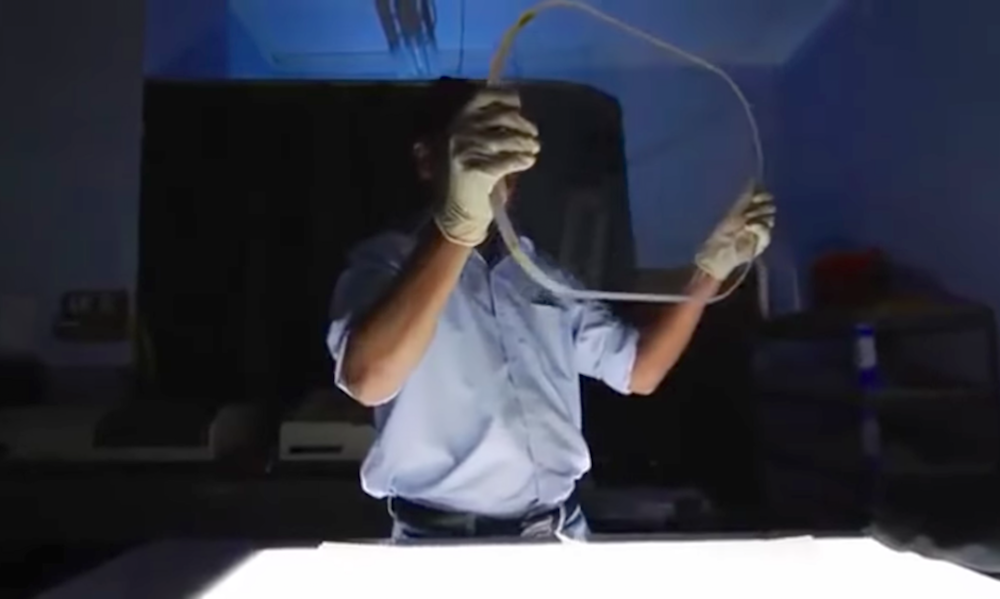SaparotRob
Unter Gemeine Geschwader Murmeltier XIII
P'tach!
Follow along with the video below to see how to install our site as a web app on your home screen.
Note: This feature may not be available in some browsers.
Ad: This forum contains affiliate links to products on Amazon and eBay. More information in Terms and rules

I had some time between flights today, so I went into the museum and measured our glass pieces. I also took more pictures, and made some notes. Since there are 2 different pieces of armored glass, I will call them Piece #1 and Piece #2. Here is what I learned.Hi Larry,
Great to see some more of your specimens. So, in your pictures you have two armoured glass panels. I would say that the RH one has had a high speed impact, the LH one has suffered a fracture but doesn't look to have been a high speed impact. Now, looking at the pictures of the Bf 109 's above, you can see the front armoured glass with the distinctive curved lower edge that is very thick. Neither of your panels look like this. The rear armoured glass was often called the "Galland Panzer", and it replaced the solid steel panel on earlier Bf 109 G and preceding versions. The complete hinging canopy was the "Erla Haube". Note, the Galland Panzer was also fitted on some of the later versions of the earlier partially hinged and framed canopy, instead of the complete steel armour panel.
I have just measured the glass on my own genuine Galland Panzer glass and steel armour unit and the glass is about 14 inches across at the base and about 8.5 inches across at the top. So I think neither of your panels is one of these. However, that leaves you with a lot of other German types like Fw 190, Bf 110 and Me 262 etc with rectangular armoured screens. Also, there were other types with armoured glass. It might help specialists if you could give fairly accurate measurements for width, height and thickness, if poss?
Best Wishes
Eng